Annotation
- How to determine whether your hair is porous or not?
- How to care for porous hair?
- Means
- Procedures
- How to style porous hair?
In addition to density and density, hair has another property that greatly affects its appearance - porosity. Porosity refers to the relative arrangement of scales on the hair cuticle. When they are constantly raised, the hair becomes permeable to moisture, dust and odors. If they are constantly closed, the strands become dirty more slowly and look tidier.
Often this property is genetic, but more often than not, improper care and environmental factors become the main cause of high porosity - even previously smooth and shiny strands can become dull in color, difficult to care for and generally appear unruly.
How to determine whether your hair is porous or not?
At home, there are two simple ways to find out how porous your curls are. The first method is to stretch a thin strand, gently pull it, and use the fingers of your free hand to run along it from ends to roots. If your hair feels smooth, you have low-porosity hair. If there are several bumps along the way, it is of medium porosity, and if throughout the entire path of your fingers the texture is uneven and rough, you have highly porous hair.
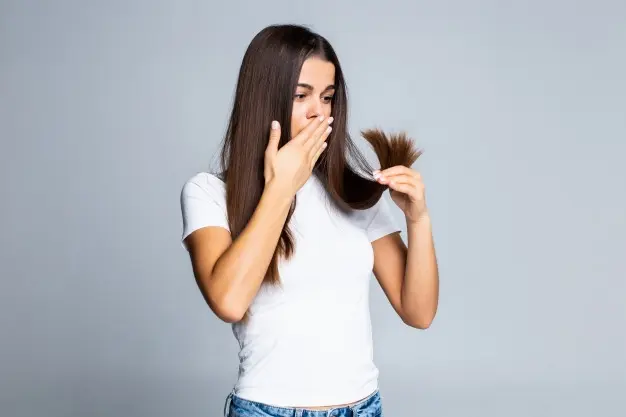
Another way to check is to put one thin strand of hair in a transparent container of water for a couple of minutes and see how it behaves. If it sank to the bottom quite quickly - low porosity, if it stays on the surface - high porosity, if it seems to freeze in the water column - medium porosity.
Externally porous hair quickly takes on a dull shade after care, it feels hard and dry to the touch, and is also easily damaged. They are easy to paint and style, and good care will immediately leave them smooth and shiny. At the same time, they are difficult to make heavy, they dry quickly, and are easy to lay under high temperatures. Usually these are either naturally curly curls, or damaged by bleaching or improper care.
“Improper care” in this case implies several types of harmful effects:
- constant treatment with hot air - a hair dryer at high temperatures separates the surface scales and makes the hair drier;
- frequent use of styling devices, especially without thermal protection - as with a hair dryer, the hot surface of a curling iron or iron damages the structure of the cuticle, especially if the devices are equipped with metal surfaces rather than ceramic ones;
- Frequent dyeing, especially bleaching, is another factor that can provoke manifestations of high porosity in strands. During dyeing, the oxidizing agent opens the scales to release the pigment or bleaching agent. Frequent dyeing causes the hair to get used to this condition, which is why it seems unruly;
- Hard water not only weighs down your curls, but also changes their structure. Minerals in the water raise the scales, and when dry, this provokes the evaporation of moisture from the hair itself, making it dehydrated;
- Ultraviolet radiation has the same effect as the hot surface of a curling iron. UV rays raise the scales and make hair more brittle - in sunny weather it is better to wear hats.
The use of drying ingredients in care will also affect the condition of the hair - it will look dehydrated and unruly. Regular combing and using products suitable for your hair type will ensure soft and smooth hair.
How to care for porous hair?
Simple rules of care will greatly help cope with the consequences of high porosity of hair.
- Cleanse your hair and scalp properly. There is no need to injure the length with rubbing movements - the shampoo is aimed primarily at cleansing the scalp, since the concentration of surfactants in the composition is designed primarily for the skin, and not for the length of the hair, which has a different acidity and protection mechanisms. Massage the shampoo into the scalp, then rinse with warm water - moving the foam along the length when rinsing will be enough to remove impurities from the hair itself. The scrub cleanses the skin well - it can be used either as a separate product or as a substitute for regular shampoo with gommage once a week. For porous hair, sulfate-free shampoos are best - they cleanse the skin and strands as gently as possible without drying them out. If your hair is also wavy or curly, the sulfate-free composition will create a good base for silicone-free care.
- Keep hydrated. Conditioners, balms and masks can handle this well - they all have approximately the same composition. Of course, masks are more suitable for long-term aging, as they have a thicker consistency, but conditioner and balm are essentially the same products. They contain oils and moisturizing components that fill the hair with moisture and help keep it inside, closing the scales. Products with silicones can have an immediate effect - hair looks smoother and shiny immediately after drying. However, heavy silicones like dimethicone and cyclopentasiloxane are prone to accumulation and are washed out only with deep cleaning shampoos or products with sulfates. If you choose a gentle sulfate-free shampoo, a conditioner with a large amount of leave-in silicones will make your hair heavier.
- Take a break between dyeing. Hair needs a break from constant exposure to aggressive factors. In addition, after such a pause, you will notice that the pigment is distributed more evenly - all thanks to the smoothed scales. In order for the coloring to be as calm as possible for the strands, it is better to use products without ammonia.
- Use thermal protection. Applying a heat-protective spray is mandatory before using styling devices and even a hair dryer at maximum temperature. It’s best, of course, to give up using a curling iron or flat iron altogether - if you give free rein to the natural shape and care for your strands in accordance with it, you will notice how obedient and beautiful they will become.
- Protect your hair from ultraviolet radiation. Ultraviolet radiation harms both hair and skin - for protection, use both special products with ultraviolet filters and a barrier in the form of a headdress. In addition, this way you can protect yourself from sunstroke while on vacation in hot weather. Many sunscreens for hair also make it smooth and shiny because, in addition to filters, they contain light silicones.
- Try a head massage. In addition to the fact that this is a very pleasant procedure, it is also aimed at the flow of nutrients to the roots. If you use special oils for this procedure, the effect will be even more pronounced. In addition, many of these compositions have a very pleasant aroma, which is why the massage turns into a full-fledged SPA procedure.
- Use safe combs. Brushes with metal teeth and plastic tips electrify and damage hair, sometimes making it even more tangled. The best options are silicone brushes without tips, wooden combs, wide-tooth combs, and ceramic-coated brushes instead of metal ones. If you are combing wet hair with conditioner, it is best to comb the strands either with your hands or with a silicone brush like a Tangle Teezer - very slowly and carefully. It is better not to touch wet hair with a comb at all and for further combing through freshly dried strands use a detangling spray conditioner.

These rules are the basis for careful care of hair that is prone to damage. Porous hair is included in this category, as are curly and bleached hair, so using these tips will greatly facilitate care and turn it into a pleasant procedure.
Means
You can use different products to care for porous hair.
- Nourishing masks. Unlike low porosity hair, nourishing masks for porous strands can be used every time you wash your hair. The composition of such products should be dominated by moisturizing and nourishing components - oils, squalane, lanolin.
- Hair oils. Oils are more focused on protecting hair from external factors, creating a thin film on the surface of the cuticle and smoothing out the scales. Often such products contain several oils and silicones for additional protection. If you have problems with thickness, it is better to use such formulations in moderation so as not to weigh down hair that needs volume.
- Balms and conditioners. Unlike masks, these products do not need to be kept under a hat for ten to twenty minutes. It is enough to hold them for up to three minutes, then rinse with warm water - this will be enough to retain moisture in the hair for a long time. Lightweight (rinse-off or partially wash-out) silicones like amodimethicone and tridecet-12 will settle on the most damaged areas, enveloping them and making hair smoother and more manageable. In addition, these ingredients do not weigh down the hair and do not accumulate, being washed off even with sulfate-free shampoos.
- Shampoos. They need to be chosen depending on your skin type, because already dry skin after contact with aggressive surfactants will produce even more oil, which is why you will have to wash your hair more often. Deep cleansing shampoos are best suited for any type of scalp and porous hair - they can contain one sulfate compound or do without sulfates altogether.
- Scrubs. In addition to good skin cleansing, scrubs stimulate the flow of nutrients to the roots, and on porous hair, the beneficial natural ingredients in the composition will have an additional caring effect. In addition, a head massage with a scrub can become a pleasant SPA treatment that will become part of your hair beauty routine .
- Serums. Leave-in serums smooth strands, cover flakes and lock moisture under the cuticle. In addition, styling with them becomes an easier and more enjoyable experience. The main thing is to find a serum composition that will not weigh down your hair and at the same time provide a noticeable healing effect. Good serums contain active components on the first line of the composition, which nourish the hair from the inside, and on the outside protect it from the aggressive effects of the environment and make combing easier.
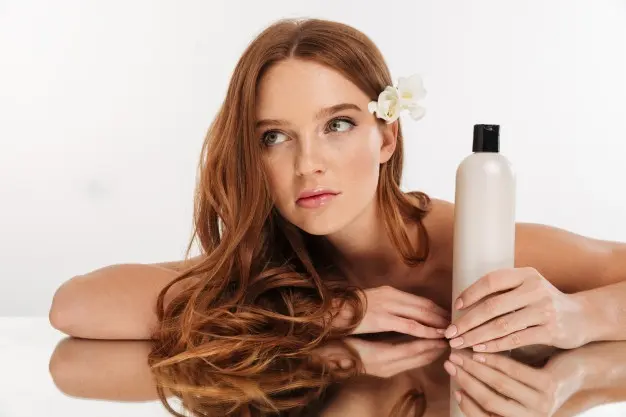
In addition to quality products, popular salon procedures are suitable for taming unruly, porous strands.
Procedures
A good hairdresser, when he sees highly porous hair, can immediately recommend one of these procedures:
- Keratin straightening. The essence of this treatment is to seal hydrolyzed keratin molecules under the scales and then close them. This immediately straightens the hair, making it smooth and shiny. Keratin itself is a natural hair substance that is already contained in the matrix. Essentially, this procedure returns to the strands what they have lost due to improper care or other circumstances. The straightening effect can last from two weeks to a month, but this procedure is not suitable for everyone. If you have curly hair, it will be difficult to carry out such an intervention - most likely, you will need several “approaches”, and the effect itself will not last as long as with straight hair.
- Lamination. For this procedure, the hair is covered with a protective composition, which, under the influence of high temperature, covers each hair with a thin film, which straightens it, smoothing out the scales. In addition to protection and straightening, lamination gives a noticeable shine - the styling literally looks “like something out of an advertisement.” Unlike straightening, the effect here can last up to a month or more.
- SPA treatments. Absolute happiness, Botox and other now popular procedures take good care of any type of hair, and they give porous hair the desired shine. In addition, this is a very pleasant treatment both in the process and in the results. The main thing is to choose a procedure that uses nourishing and moisturizing agents. This treatment is suitable even for curly-haired people, because the internal structure of the hair does not change - you can maintain the curl while getting rid of frizz.
Good care will ensure the closure of cuticles with a permanent effect.
How to style porous hair?
Having provided good hydration and nutrition to your hair, you need to style it so that this result lasts as long as possible.
First of all, it is best to abandon thermal appliances. Curling irons, stylers, and flat irons damage the hair structure and open the cuticle. Even a hot air hairdryer creates this effect. The ideal option would be to completely avoid thermal appliances or use a hairdryer with cold air as much as possible.
To create volume and curls in this case, you can use curlers, gently blot your hair with a microfiber towel after washing (lightly squeeze it from below, starting from the ends), and also braid your hair. In order for the curls to be as pronounced as possible, after braiding, installing curlers or “squeezing”, you can fix the effect with a light or medium hold (a mousse with keratin or a light spray is best) and after drying, gently press the strands.
Another good way to create a neat hairstyle on porous hair is to cut it with hot scissors. This way the cuticle closes at the tips and the internal structure remains protected from dirt and other damage. The specialist in your salon can tell you more about this procedure.

To disguise imperfections associated with porosity, you can choose a haircut with a casual effect. Such a thoughtful emphasis on naturalness will create a seasoned and beautiful look at any length. In addition, such hairstyles do not require regular use of products with heavy silicones - light products that will provide an “airy” texture are sufficient for care.
Daily care for long, porous hair can be challenging, so it's best to cut it to a short to medium length. And if you still want to stay with long hair, to prevent damage it is best to choose hairstyles that do not damage the internal structure and cuticle. Braids should not be tight, and high hairstyles should not put too much strain on the skin and the strands themselves.
Long hair with a porous structure is especially difficult to care for. Pay attention to shoulder-length haircuts or short versions: they look the most neat. There are options with and without bangs - the main thing is to choose a hairstyle that will suit your style.



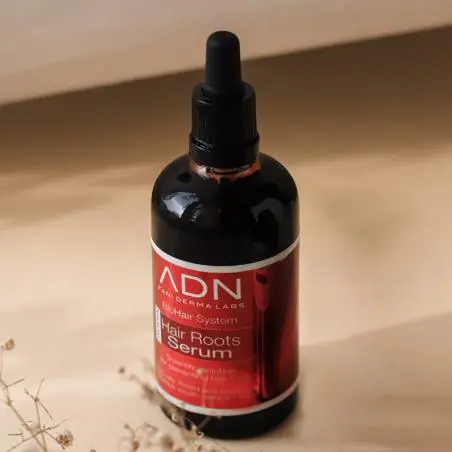
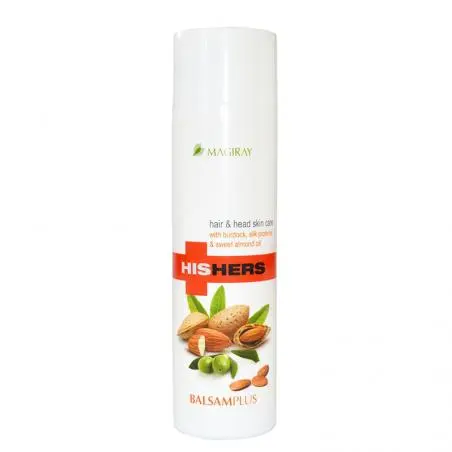
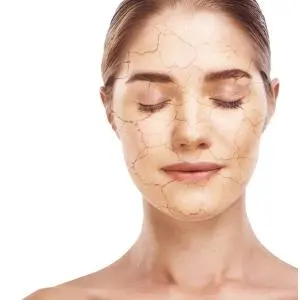


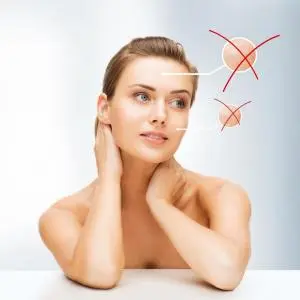
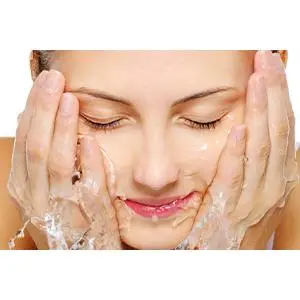
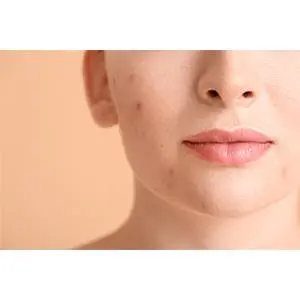
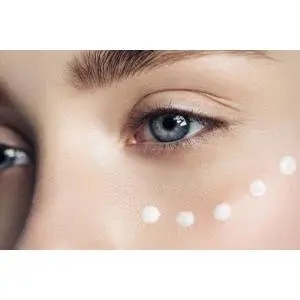

Comments
Leave your comment